In this edition of the Investments Roundup, we speak with our newest Investment Solutions Leader of the Month, Michael Arone, Chief Investment Strategist at State Street Global Advisors, who discusses portfolio allocation in the new market environment.
Other entries include Nuveen’s CLO ETF; JP Morgan on Trump’s effects on alternatives; Janus Henderson on CMBS and CLOs; Simplify’s new ETFs; Morgan Stanley on the Trump effect; Morningstar on climate funds; Schwab’s MBS ETF; VistaShares’ AI ETF; Cerulli on institutional ETF allocations; and HFR on Trump’s effect on hedge funds.
Larry’s Take
Since the election of Donald Trump, U.S. equity indices have hit record highs. Investors hope that the Trump Administration will implement growth oriented fiscal policies, reduce regulations and intervene less frequently in large M&A deals. Individuals trying to determine whether to increase their exposure to equities at this point face a Hobson’s choice. On the one hand, if they do not, they risk losing out on further upside. On the other, if they buy now, they’re buying at the very top of the market – so far.
Finding undervalued assets in an environment like this is difficult. Bitcoin also is seeing record highs, and bonds, at least at the long end, are seeing investor reticence due to the deficit. Investors are turning once again to exotics like securitized assets, as they did before the 2008 financial crisis. Collateralized loan obligations (CLOs), mortgage-backed securities (MBS) and other semi-liquid investments may look good to yield hungry investors, but if the market turns, they can become hard to sell.
So in times like this, diversification is key. In a truly severe market downturn like the 2008 crisis, correlations among different asset classes can move in the same direction at the same time. In such a situation, maintaining a degree of flexibility with cash may be prudent.
If you would like to discuss this Larry’s Take further, including how these trends might impact your business, please contact me at larry.roth@rlrstrategicpartners.com.
1. State Street’s Michael Arone On Portfolio Allocation In The New Market Environment
State Street Global Advisors (SSGA) issued its US-Listed ETF Flash Flows report, which found that exchange-traded funds recorded their highest-ever monthly inflow total with $164 billion in November, bringing year-to-date totals to $993 billion.
SSGA has assets under management (AUM) of $4.73 trillion and clients in 59 countries. SSGA manages the SPDR S&P 500 ETF. And now for our Q&A with Michael Arone, Managing Director, Chief Investment Strategist at State Street Global Advisors SPDR ETFs.
WSR: What are some of the major themes that investors should be aware of heading into 2025?
Arone: The soft-landing outcome has propelled stocks to all-time highs in 2024. Meanwhile, credit spreads are historically tight, and most measures of market volatility are tranquil. Solid corporate profits are forecast to accelerate throughout 2025, especially in the U.S. And the Trump administration’s policy goals — including deregulation, lower energy costs and tax cuts — could boost an already growing U.S. economy.
Soft landings are rare. There have been just four in history — 1968, 1985, 1995 and now in 2024. But historically, economic growth has accelerated in the years following a soft landing. And that pattern is likely to repeat in 2025.
WSR: With that in mind, how does State Street suggest that investors allocate portfolios heading toward 2025?

Arone: The Fed’s easing cycle, solid U.S. economic growth, and AI-related leadership point to opportunities in small caps, regional banks and the broad AI value chain.
Tariffs, immigration reform, tax cuts and massive deficits all mean fiscal policy will likely have the biggest impact on rate volatility in 2025. The Trump administration’s policies will likely continue to boost credit’s favorable outlook within fixed income allocations.
Structural transitions in monetary policy and fiscal spending have resulted in a correlation breakdown between traditional stocks and bonds. Now may be a good time for investors to consider using alternatives to better diversify portfolios and temper any unwanted increase in volatility.
WSR: How does State Street serve financial advisors who are making such decisions on behalf of their clients?
Arone: State Street Global Advisors serves financial advisors by providing them with investment solutions, insights and resources to meet the needs of their clients’ financial goals.
The firm offers a broad range of products, including ETFs, mutual funds and customized portfolios tailored to diverse investment goals and risk profiles.
Financial advisors benefit from the firm’s thought leadership, market analysis and educational tools, empowering them to make informed decisions on behalf of their clients.
The firm’s focus on innovation, transparency, and cost efficiency ensures financial advisors can deliver value to their clients. With a commitment to building strong partnerships, the firm helps advisors navigate complex markets and achieve client objectives.
2. Nuveen Launches CLO ETF Focused On Single-A Segment
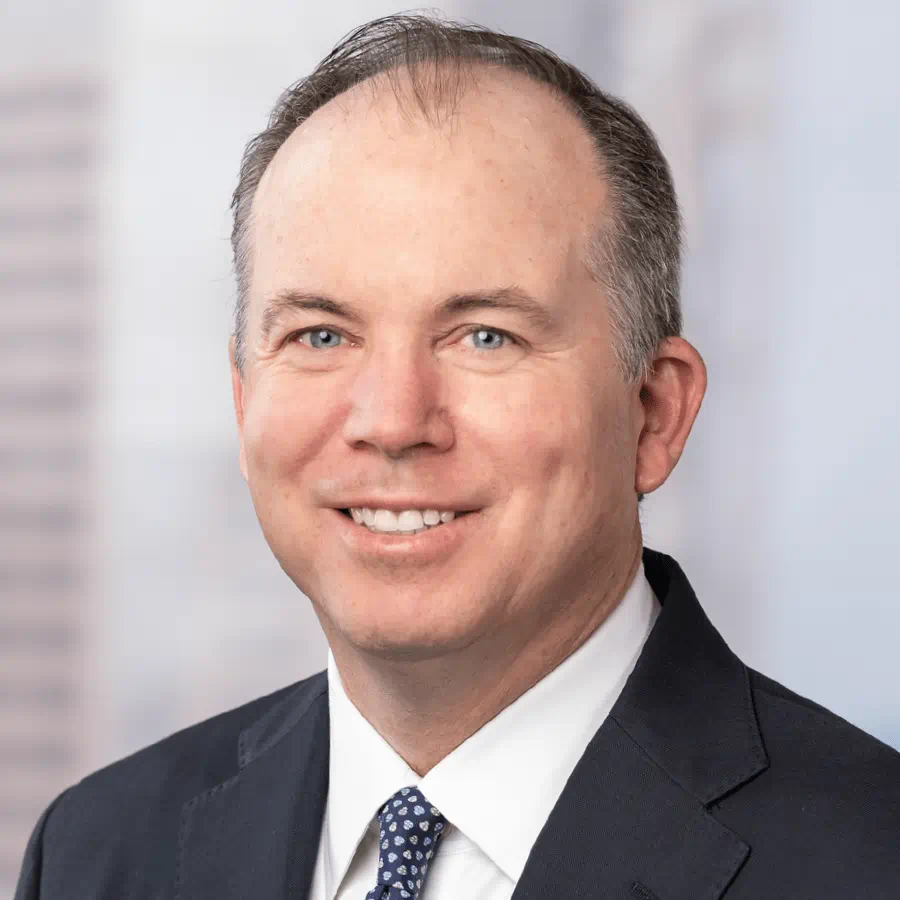
Nuveen, the investment manager of TIAA, is expanding its alternative investment platform for the wealth market, launching the Nuveen AA-BBB CLO ETF (NCLO). It will focus on the single-A segment, in contrast to the majority of CLO ETFs currently available, which focus on triple A-rated CLOs, and builds on Nuveen’s long-established alternatives platform.
Nuveen also plans to provide access to mezzanine and equity tranches of CLOs in an interval fund structure in Q1 2025, by converting the Nuveen CLO Opportunities Fund from an LP fund into the Nuveen Enhanced CLO Income Fund, a proposed interval fund. Nuveen’s leveraged finance investment team includes 40 professionals who oversee more than $43 billion in AUM across CLOs, high yield credit, broadly syndicated loans and alternative credit strategies.
“To complement traditional income portfolios, and with increased awareness of the robust yields and lower historical defaults of CLOs, we’re seeing significant demand among our clients for this attractive alternative credit allocation,” said Jeff Carlin, Head of Global Wealth Advisory Services at Nuveen.
3. JP Morgan: Trump Policies Could Boost Alts Exits, Capex, IPOs And M&A

JP Morgan Asset Management’s Q4 Guide to Alternatives found that the combined potential for a corporate tax cut, deregulation and reduced political uncertainty could improve the exit market in private equity, IPOs and M&A deal flow.
Tax cuts could also support earnings and revenue of private equity target companies. A corporate tax cut aimed at domestic production could spur more industrial activity, increasing the demand for infrastructure. The report also found that rising debt and deficits could hinder increased government infrastructure investment, and boost demand for private infrastructure projects. JP Morgan Asset Management managed $3.3 trillion in assets as of Sept. 30.
“It is too early to speculate on exactly what government policies may change and how that may alter the Fed’s calculus, but investors ought to be mindful of potential impacts to alternative assets,” said Meera Pandit, Executive Director at JP Morgan. “Still, regardless of how the policy landscape shifts, investors will continue to seek alpha, income, and diversification, which alternatives can provide.”
4. Simplify Launches ETFs Focused On Interest Rates, Gold And U.S. Small-Caps
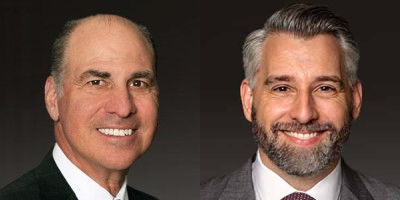
Simplify Asset Management added two new funds to its suite of income-oriented strategies with the launch of the Simplify Gold Strategy PLUS Income ETF (YGLD) and Simplify US Small Cap PLUS Income ETF (SCY), and launched the Simplify Downside Interest Rate Hedge Strategy ETF (RFIX). Simplify had over $6.2 billion in AUM as of Dec. 12.
YGLD and SCY are designed for investors seeking to balance growth, income and capital efficiency. These funds blend asset exposure with monthly income-generating potential through their proprietary options overlay strategies. RFIX is built for investors seeking to profit from falling long-term interest rates. The fund aims to provide exposure akin to a mirror image of that provided by PFIX, which seeks to hedge interest rate movements from rising long-term rates.
“RFIX was designed to provide a transparent and capital-efficient solution for those looking to express a bullish view on bonds and hedge against potential risks,” said Harley Bassman, Managing Partner at Simplify. “At Simplify, one of our core missions is designing tools that allow investors and advisors to build the most capital efficient portfolios possible, and it’s precisely that thinking that drove the creation of YGLD and SCY,” said David Berns, Chief Investment Officer and Co-Founder of Simplify.
5: Janus Henderson: CMBS And CLOs Set To Outperform In 2025

Janus Henderson found that securitized sectors registered broadly strong returns in 2024, as their cheaper relative valuations and a strong economy attracted more buyers into the asset class. Janus, with $382 billion in AUM, forecast that securitized sectors have more runway for outperformance, with specific catalysts driving potential returns in commercial mortgage-backed securities (CMBS), CLOs and asset-backed securities (ABS).
Year to date through mid-November, non-agency CMBS have posted their highest excess returns in the past decade, while issuance for 2024 is set to hit levels not seen since 2021. Recent outperformance is being driven by the catch-up effect – after two consecutive years of under-performance, investors are moving back into commercial real estate on the more favorable outlook. CLOs, meanwhile, will benefit from higher-than-formerly-expected rates in 2025, and ABS will benefit from strong consumer loan balances.
“In our view, U.S. consumers and corporates remain in good shape,” said John Kerschner, Head of U.S. Securitized Products at Janus Henderson. “We consider the risk of recession to be low and believe investors can lean into the attractive yields in securitized fixed income.”
6. Morgan Stanley: Consumer, Small Business Confidence Tempered By Tariffs, Inflation
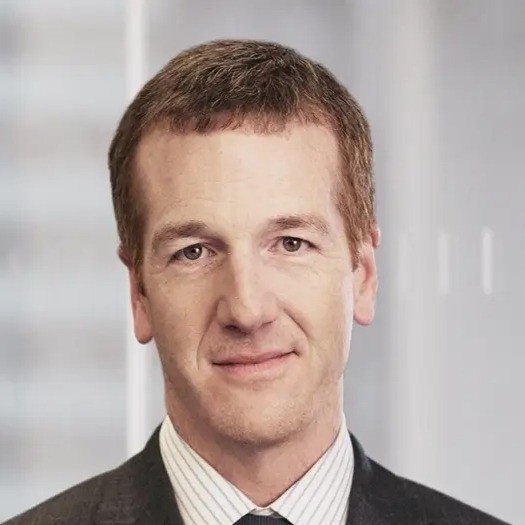
Mike Wilson, Morgan Stanley’s Chief Investment Officer and Chief U.S. Equity Strategist, said in the firm’s Thoughts On the Market Podcast that recent surveys suggest consumers and companies are feeling more optimistic heading into 2025, but uncertainty around tariffs and still elevated price levels are likely holding back the type of exuberance we saw after Donald Trump’s 2016 election.
In 2016, interest rates were much lower globally and sovereign deficits and balance sheets were in much better shape to absorb reflationary type policies like tax cuts and deregulation. As a result, the equity market almost immediately embraced an expansionary fiscal agenda that was interpreted as being pro-growth. Today, the policy agenda appears to be less front-footed in this regard, perhaps due to some of these constraints.
“It also makes sense to remain up the quality curve within cyclicals and constructively focused on sectors with clearer deregulation tailwinds,” Wilson said. “As a result, financials remain our preferred overweight, followed by software, utilities and industrials.”
7. Morningstar: Global Climate Funds Set To Suffer First Year Of Outflows
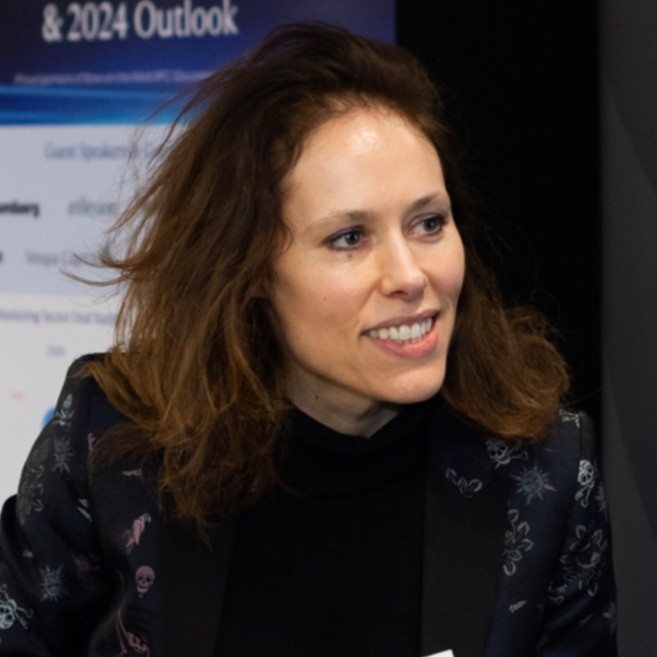
Morningstar Sustainalytics’ Investing in Times of Climate Change Report reviewed the global climate funds landscape in 2024 through Sept. 30, and found that global climate funds are set to suffer their first year of outflows as redemptions reached almost $24 billion between January and September.
These outflows are in stark contrast to the $345 billion combined inflows in the last four years. Investors pulled the most money from Climate Solutions and Clean Energy/Tech funds – over $25 billion in aggregate – while Climate Transition funds suffered withdrawals, too.
“Several factors have contributed to this trend, including the high interest rates environment, the uncertain political and regulatory backdrop, as well as greenwashing concerns and anti-ESG sentiment,” said Hortense Bioy, Head of Sustainable Investing Research at Morningstar Sustainalytics. “Whether these headwinds will subside or continue in 2025 and beyond remains to be seen.”
8. Schwab Launches ETF With Access To Investment Grade, Agency Backed MBS
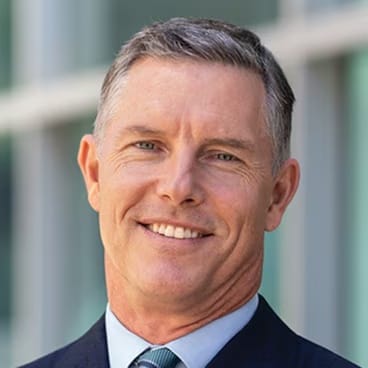
Schwab Asset Management launched its Schwab Mortgage-Backed Securities ETF (SMBS), which is designed to track as closely as possible, before fees and expenses, the total return of the Bloomberg US MBS Float Adjusted Total Return Index. It has an expense ratio of 0.03% and provides access to investment-grade MBS.
The ETF invests in mortgage-backed pass-through securities guaranteed by the Government National Mortgage Association (Ginnie Mae), the Federal National Mortgage Association (Fannie Mae), and the Federal Home Loan Mortgage Corporation (Freddie Mac) that are backed by pools of mortgages. Schwab Asset Management oversaw approximately $1.3 trillion on a discretionary basis and $40.7 billion on a non-discretionary basis as of Sept. 30.
“Introducing the Schwab Mortgage-Backed Securities ETF. SMBS could be a good fit for clients seeking income and portfolio diversification,” D.J. Tierney, Director and Senior Investment Portfolio Strategist at Charles Schwab, posted on LinkedIn.
9. VistaShares, Co-Founded By Former Tesla Executive, Launches AI ETF
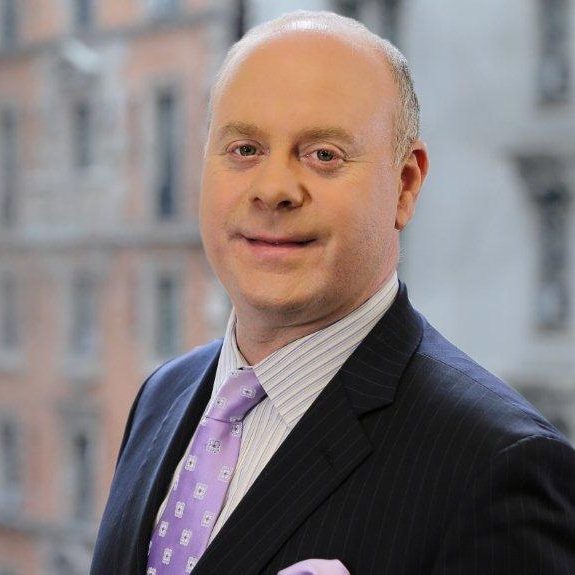
Recently launched firm VistaShares released its first ETF, the VistaShares Artificial Intelligence Supercycle ETF (AIS). The actively managed fund is constructed around the firm’s focus on “Supercycles,” which it defines as technology-driven disruptive trends. VistaShares is looking to solve what it called major issues with existing thematic ETFs, such as overexposure to mega-cap companies and underexposure to emerging leaders.
The fund was designed with the help of technology thought leaders to provide investors with exposure to companies that drive innovation and profits within their respective supply chains. AIS focuses on the AI supply chain, emphasizing companies whose components are used to build AI data centers and AI semiconductors. VistaShares Co-Founder Jon McNeill previously co-founded DVx Ventures and served as senior executive of Tesla.
“The case for thematic investing is obvious but to this point investors have not been well served by the typical thematic ETF, which is too often marked by overconcentration in the ‘big names’ tied to a particular trend and underexposure,” said Adam Patti, CEO of VistaShares. “Sometimes, investors have no exposure to the companies that are fostering real innovation.”
10. Cerulli: Institutional Investors Plan To Increase Allocations To ETFs
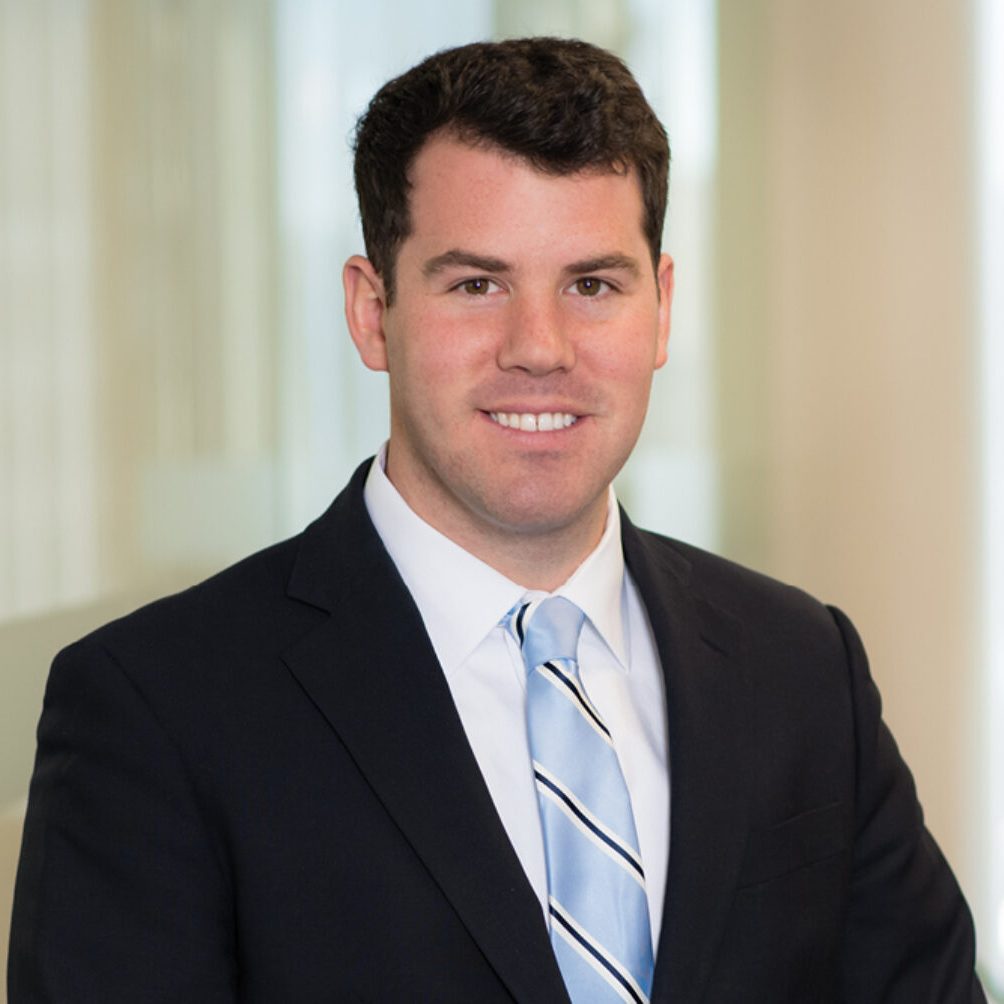
The Cerulli Report—North American Institutional Markets 2024 found that a net 37% of institutions expect to increase allocations to ETFs over the next two years while a net 11% expect to decrease allocations to mutual funds. Factors such as reduced cost are driving usage of ETFs.
ETFs are already widely adopted across institutions – 80% of institutional investors surveyed by Cerulli report using ETFs – but only 16% of institutions that use ETFs say they use the vehicle as a core portfolio holding. Far more often, they use ETFs to gain or maintain exposures (51%), manage cash/liquidity (34%), and/or make tactical bets (27%).
“The most common use cases for ETFs suggest that institutions are not holding their positions for an extended period, as they would for other mandates,” says Jack Tamposi, an Associate Director at Cerulli. “Institutions indicate that they use the vehicle as a transition tool, managing exposures to asset classes, rather than as a long-term, core investment holding.”
11. HFR: Hedge Funds Surge On U.S. Election, Amid Potential For Upcoming Volatility

HFR reported that hedge funds surged in November, driven by the U.S. presidential election results, as managers and investors positioned for an active M&A cycle and more business-friendly policies from the incoming administration.
The HFRI Fund Weighted Composite Index (FWC) surged 2.6% in November, while the HFRI Asset Weighted Composite Index jumped 2.1% for the month. Strategy gains were led by Equity Hedge and Directional Event Driven exposures, with each of these posting the strongest monthly gain for 2024. The HFR Cryptocurrency Index surged 46.0%.
“Despite enthusiasm for the continuation of this powerful trend, managers are also likely to position for unexpected volatility and dislocations as new policies impact global trade and
commerce,” said Kenneth J. Heinz, President of HFR. “Institutions looking to access these powerful, specialized trends while also maintaining opportunistic, defensive portfolio positioning are likely to increase exposure to funds which have demonstrated their strategy’s effectiveness and robustness over the past few years.”
Wealth Solutions Report can be reached at info@wealthsolutionsreport.com.











